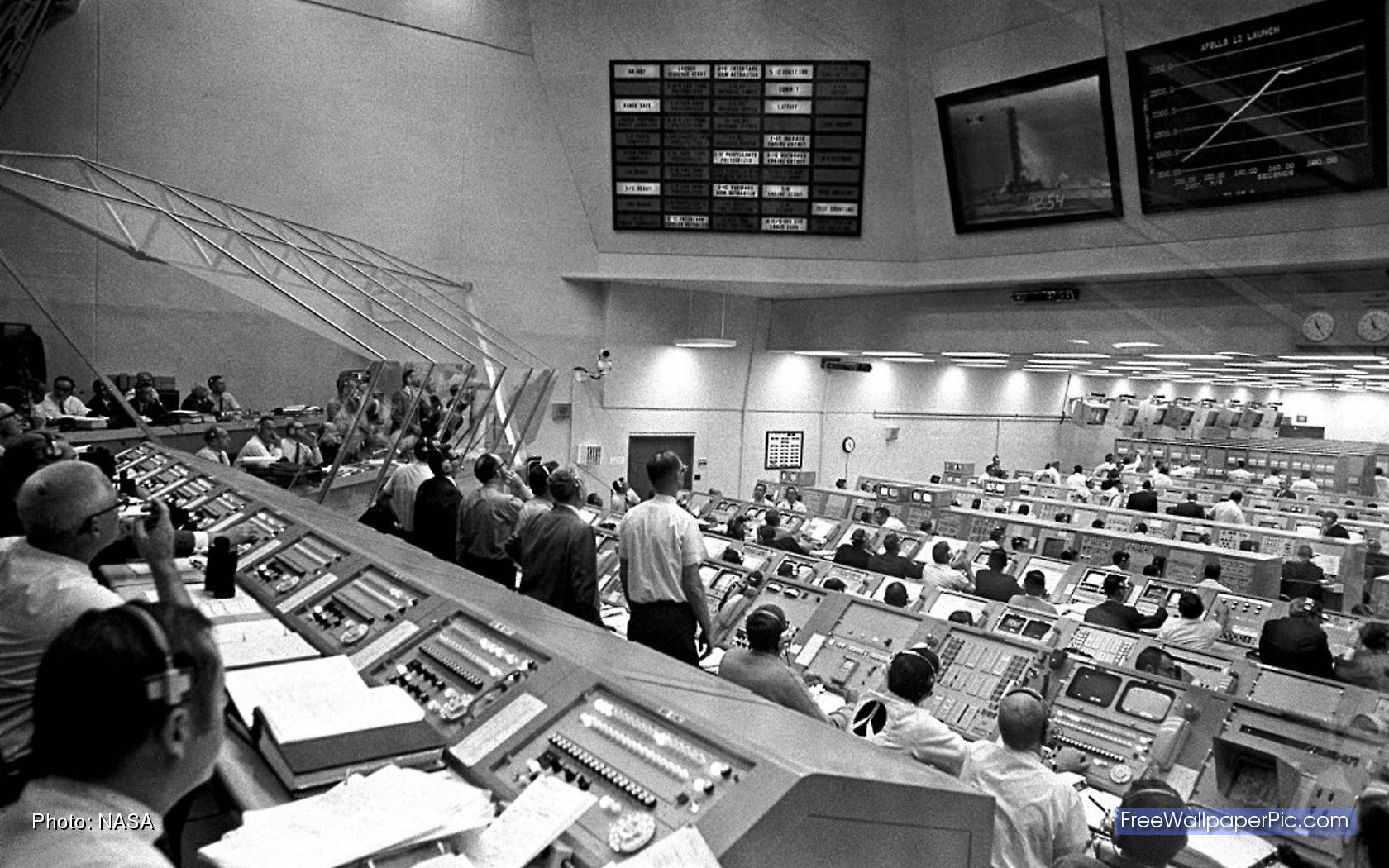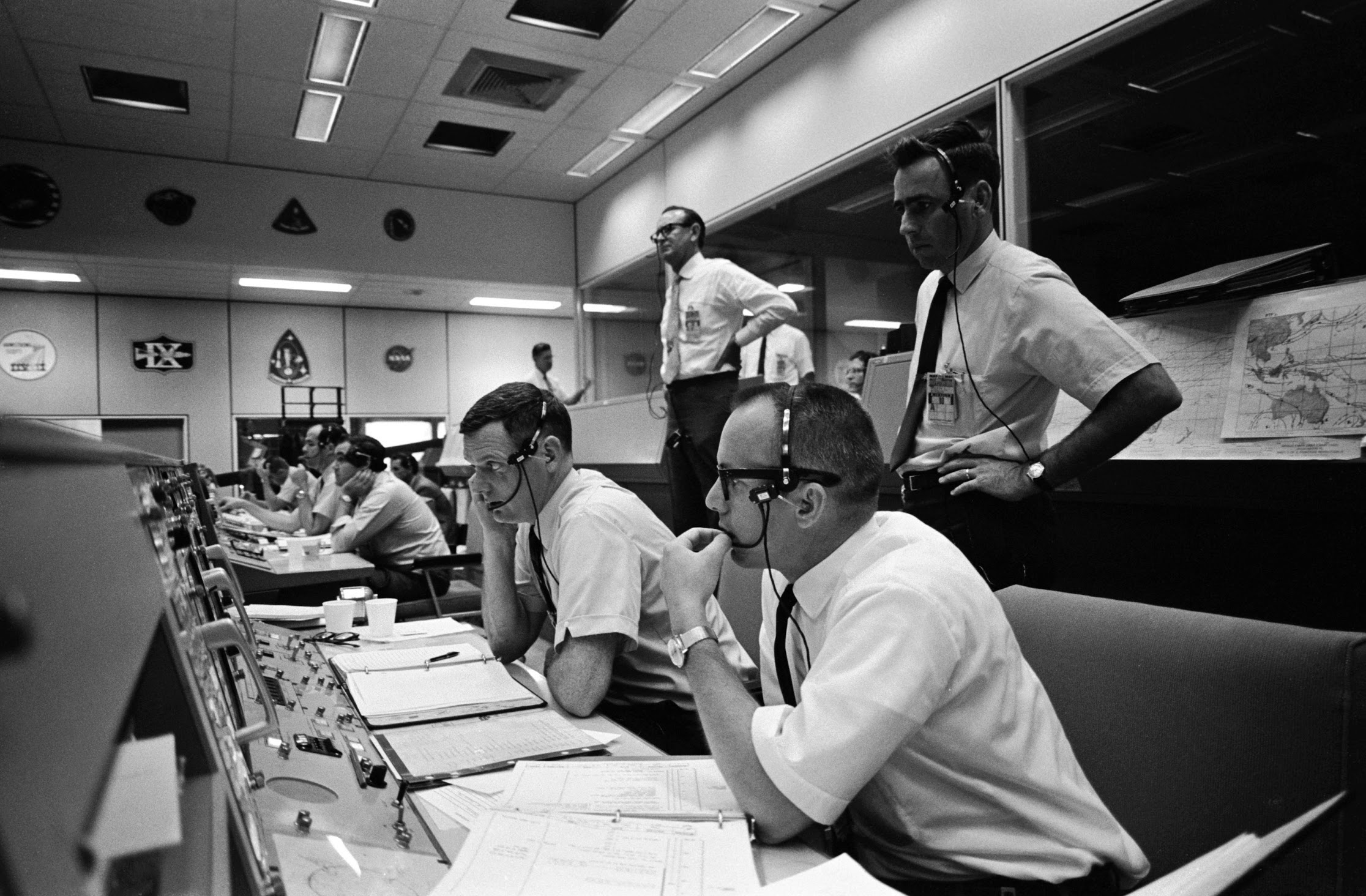Researching Our Domain
We conducted a wide array of secondary, primary, and design research. Secondary research included literature reviews of NASA, our analogous domains, competitors, and academic journals in the fields of HCI, psychology, and cognitive science. Primary research included interviews with many NASA stakeholders, analogous domain professionals, and one former SpaceX employee. Utilizing affinity diagrams and contextual inquiry, we synthesized our research and generated design ideas, which we then tested using storyboard speed-dating.
Concept Generation from Our Research Insights
With the conclusion of our Spring research, our insights converged broadly to four key areas: Knowledge Loss, Training and Trust, Moving Away from Paper, and Launch Day Communication. They each have potential for many design opportunities. Moving forward, we will hone in on one or two interrelated areas to design, develop, and test a robust prototype that would address NASA’s primary problem space.

Insight Area 1: Knowledge Loss
Preserving the integrity of human expertise and project know-how is critical during knowledge capture and transfer.

Insight Area 2: Training and Trust
The launch room’s distinctive culture and history of trust is founded on intensive training and shared goals.

Insight Area 3: Moving Away from Paper
Personnel have anxiety about the digital future given their positive experiences with tangible media in the past.

Insight Area 4: Launch Day Communication
Communication in the firing room is impeded by poor human factors design and cognitive overload.
How did we get here?
83 research journals
We dove into research with a wealth of publicly available material regarding NASA, literature pertaining to our analogous domains, competitive analysis, and academic research journals/books in the fields of cognitive science and psychology.
25 Interviews
We interviewed professionals from analogous domains and a former employee from SpaceX. We also conducted phone and in-person interviews with a wide variety of NASA stakeholders, from big picture-oriented Knowledge Management officials, to operations-focused engineers, to an astronaut.
2 Speed dating sections
We articulated our design ideas into storyboard scenarios that tested assumption boundaries, and then conducted speed dating sessions with two users to gauge their reactions and solicit their feedback.
Exploring Analogous Domains

Emergency Medicine
Emergency medical professionals make critical life or death decisions under significant time pressures and cognitive constraints. Understanding their cognitive flow within information-dense, high-stress environments provided insights on the role of human error in misdiagnoses, and furthermore, the impact of cognitive load and biases leading to critical mistakes.

Architecture engineering
Business Information Modeling (BIM) is an informational tool used by the ACE industry. They are creators of complex real-world structures, which a draws a direct parallel to NASA from a project and information management point of view. BIM enables a digital information artifact to be handed from team to team, while increasing collaboration and reducing knowledge loss.

Television production
Live TV Production requires the coordination and collaboration of many specialists who work under a sensitive timeline towards the singular goal of airing the show live. This includes a complex web of actors, including a television director who oversees the audio, graphics, camera, and replay teams, and who also manages the expectations of the producer and announcers.
Visiting Kennedy Space Center

After narrowing our scope and identifying one particular scenario of interest, we travelled to Kennedy Space Center to interview the primary stakeholders at the launch center while immersing ourselves within the context.
There are four launch rooms in the Launch Control Center each of which are capable of hosting around 100 NASA personnel. We have focused on the integration engineers who are located in Firing Room 1. This room is divided into three tiers: the bottom tier or main floor has eight clusters of engineers, most of the director level staff sit on the second tier, and the third tier has the Launch director and overall mission management. The integration engineers are located in the center among the seven engineering teams on the main floor.
